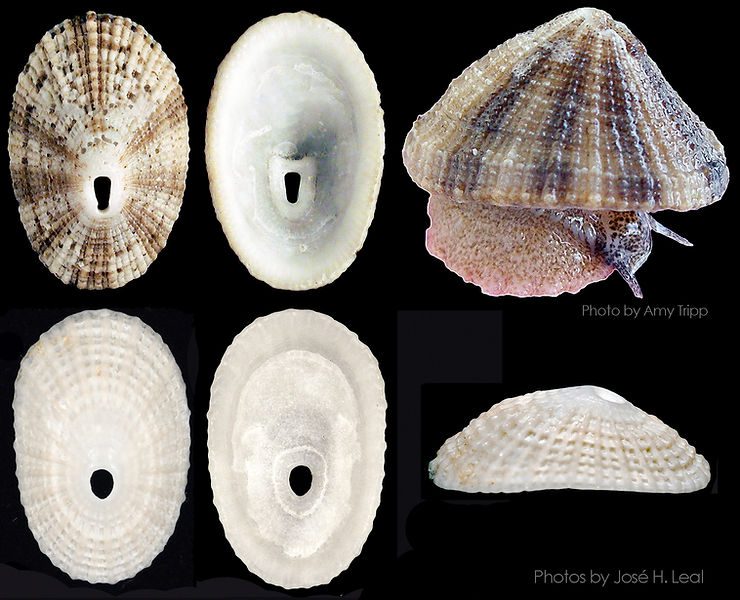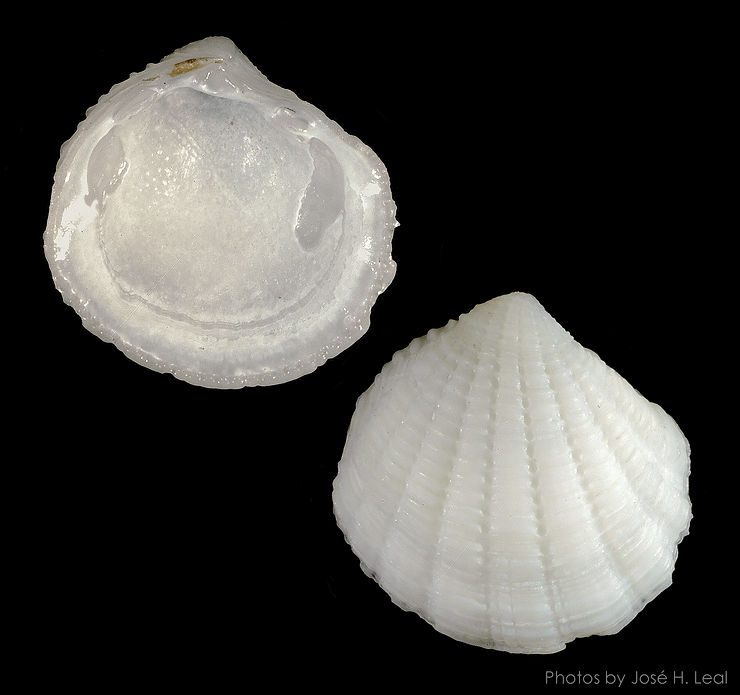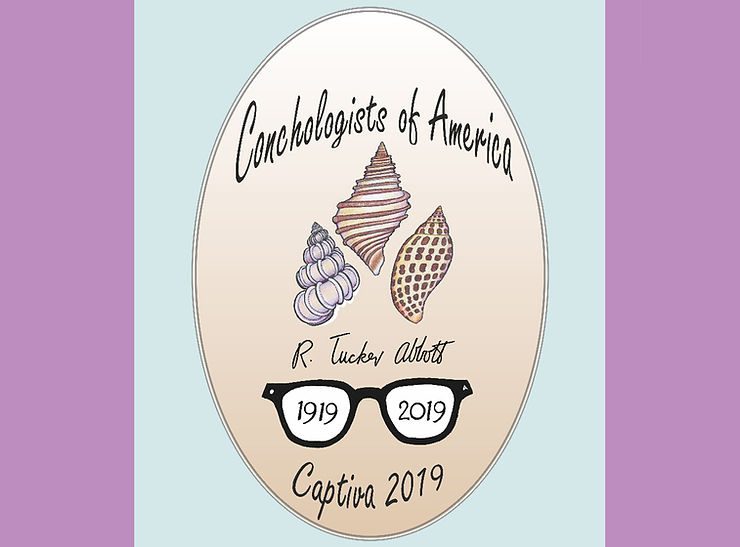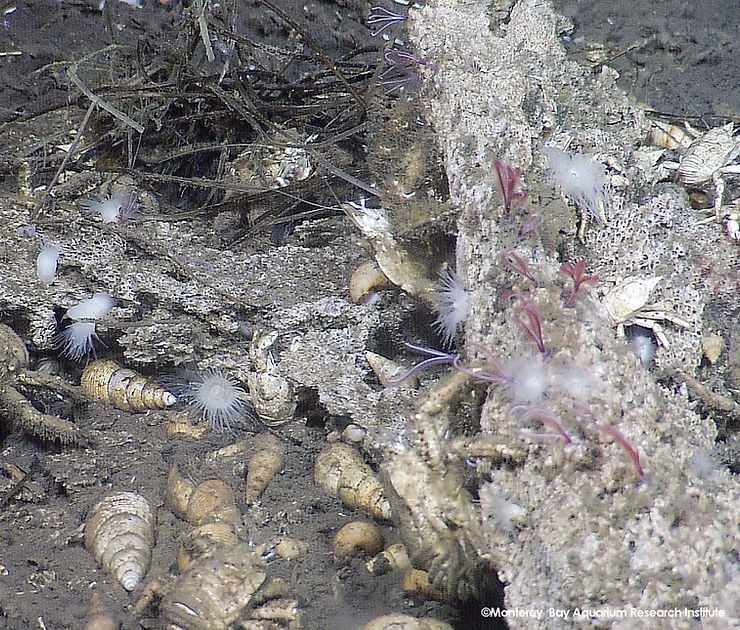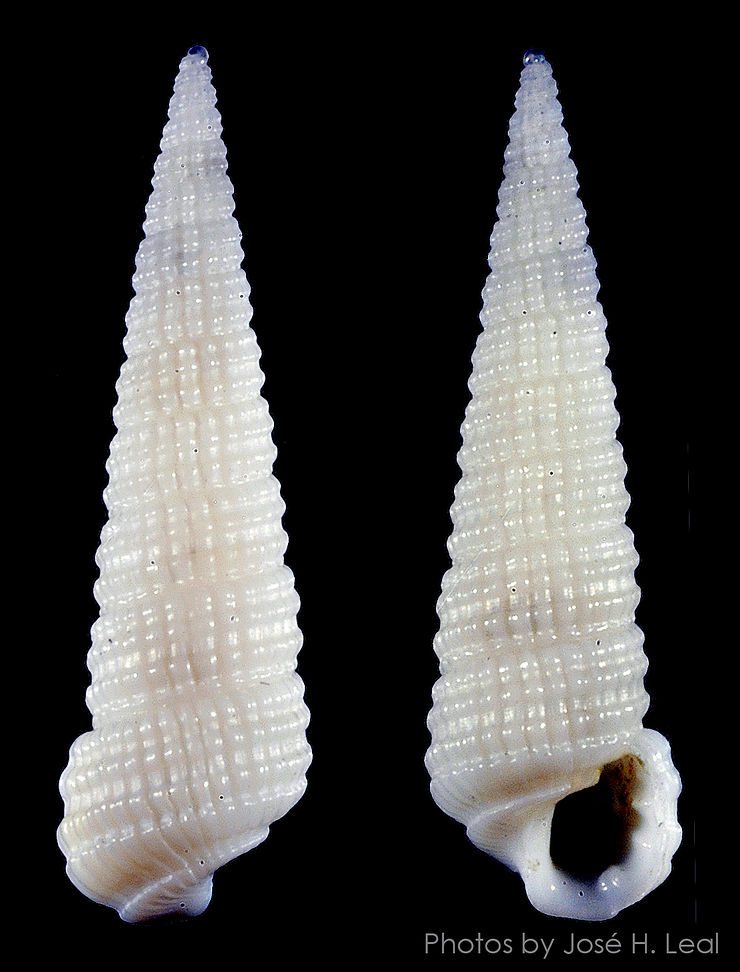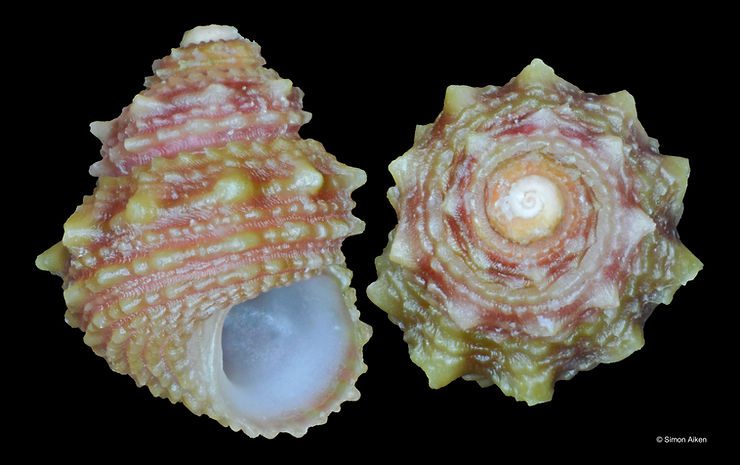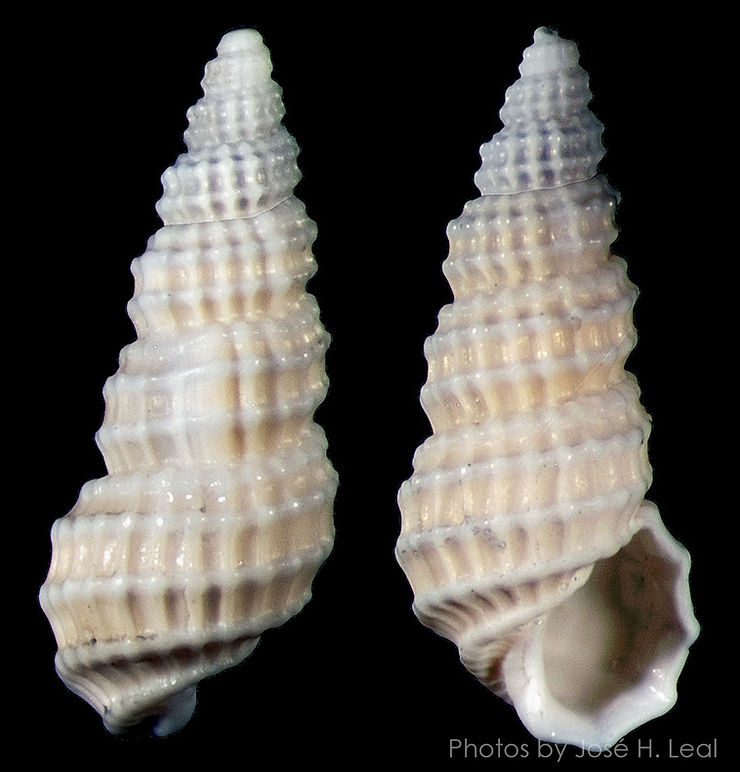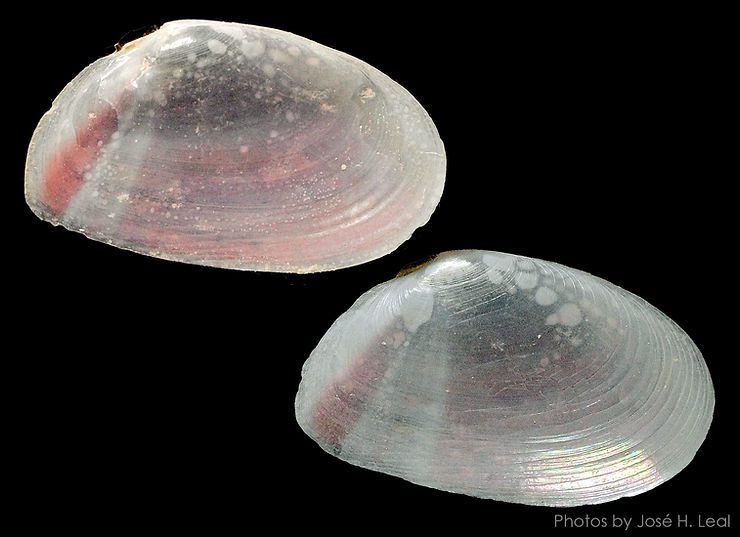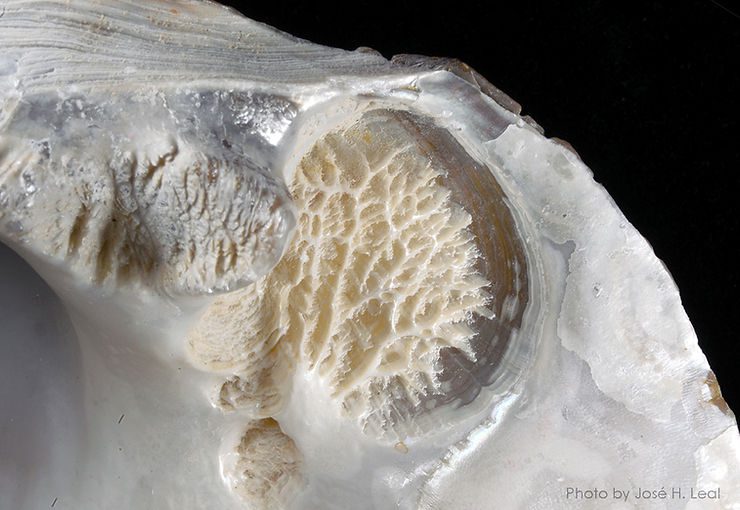
A Maimed Muscle Scar?
In a bivalve, the half-shells, or valves, are kept together in part by one (or two, depending on the family) adductor muscles. When threatened, the bivalve will clamp its shell shut by quickly contracting the muscles. The areas of muscle attachment on the inside surfaces of an empty shell remain as muscle “scars.” Late last week Collection Associate Jessica Godwin called my attention to one of the scars on a valve of a freshwater mussel known as Washboard, or Megalonaias nervosa (Rafinesque, 18
